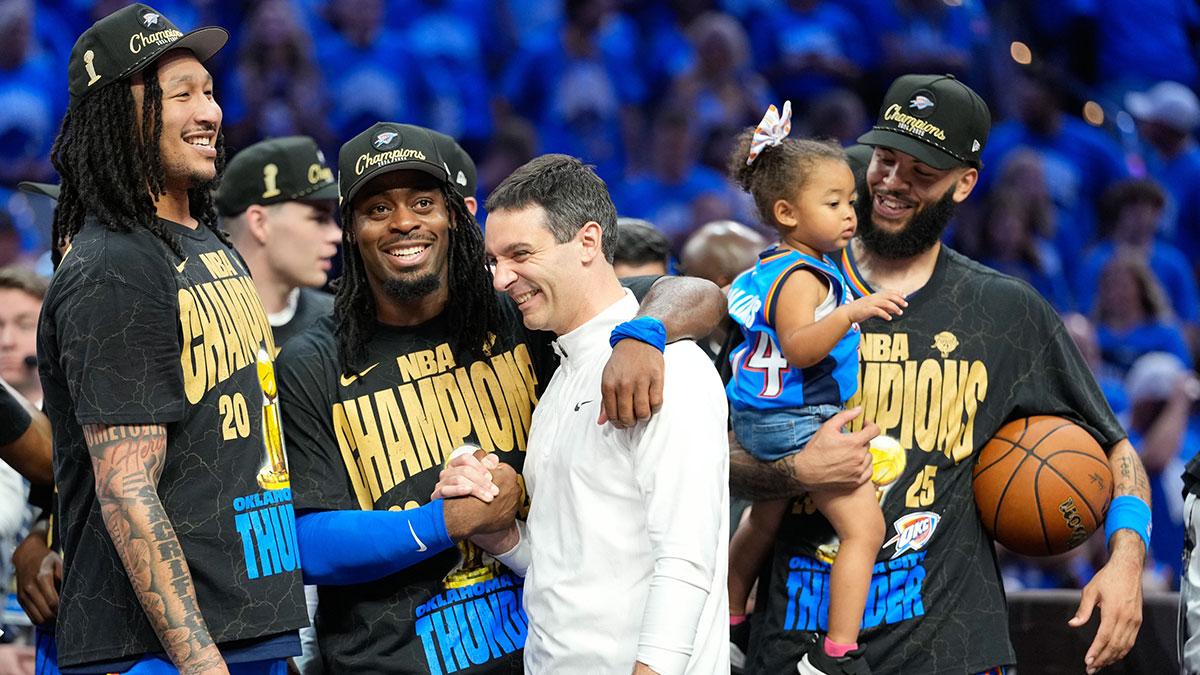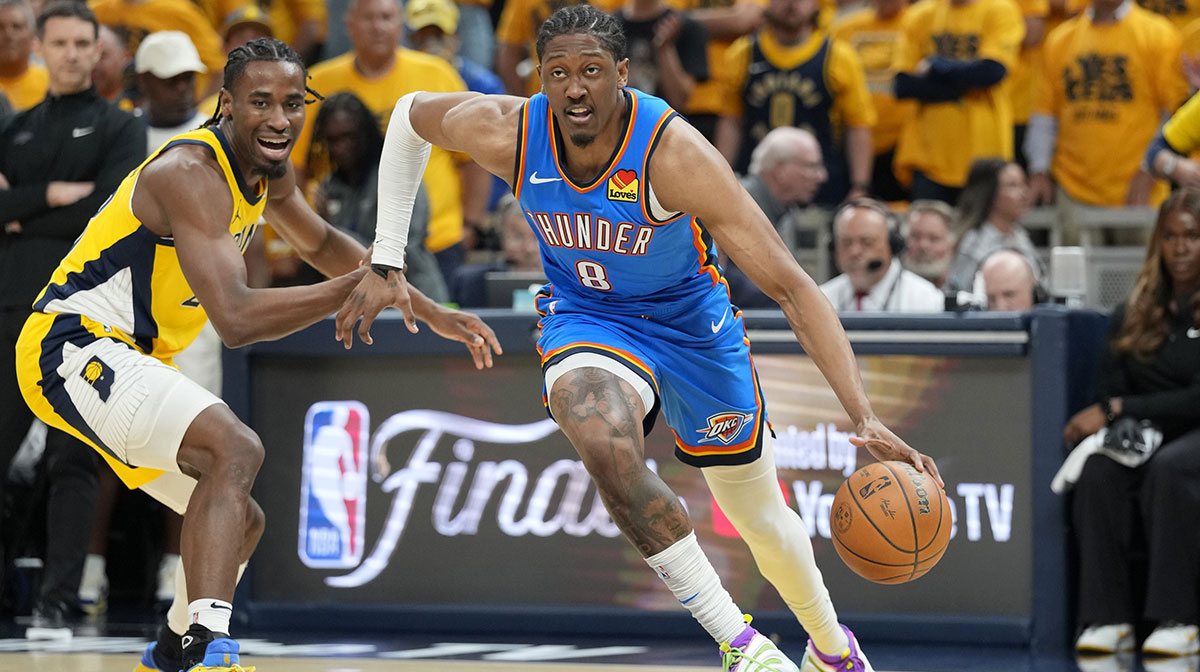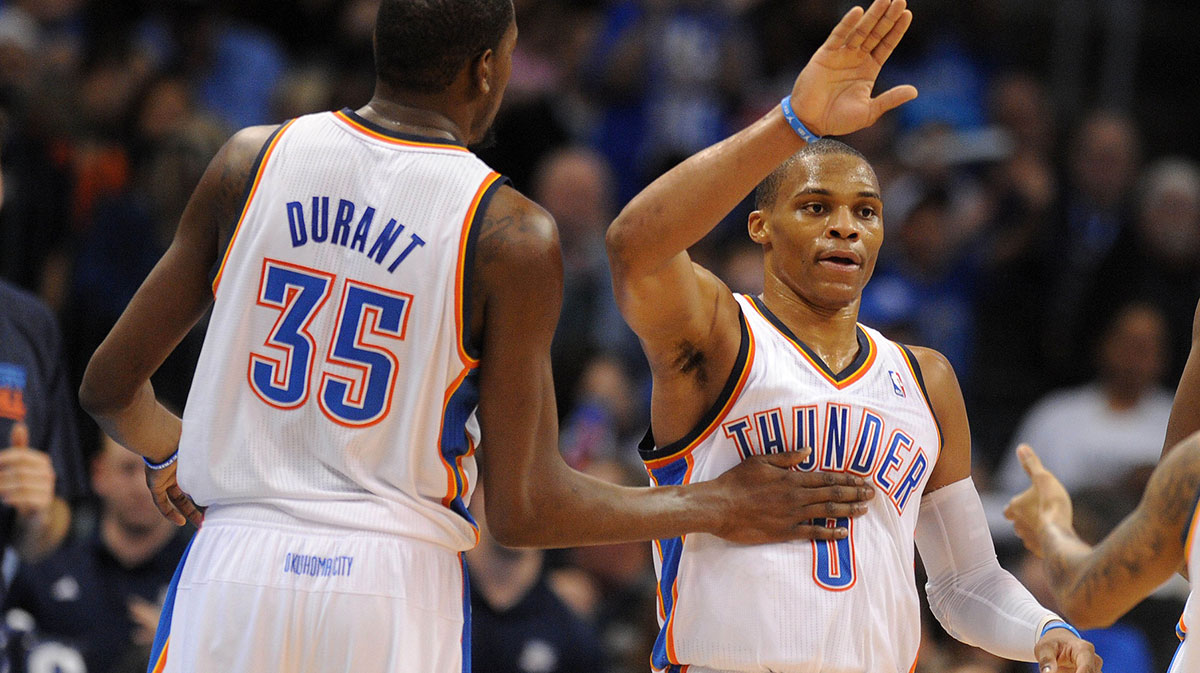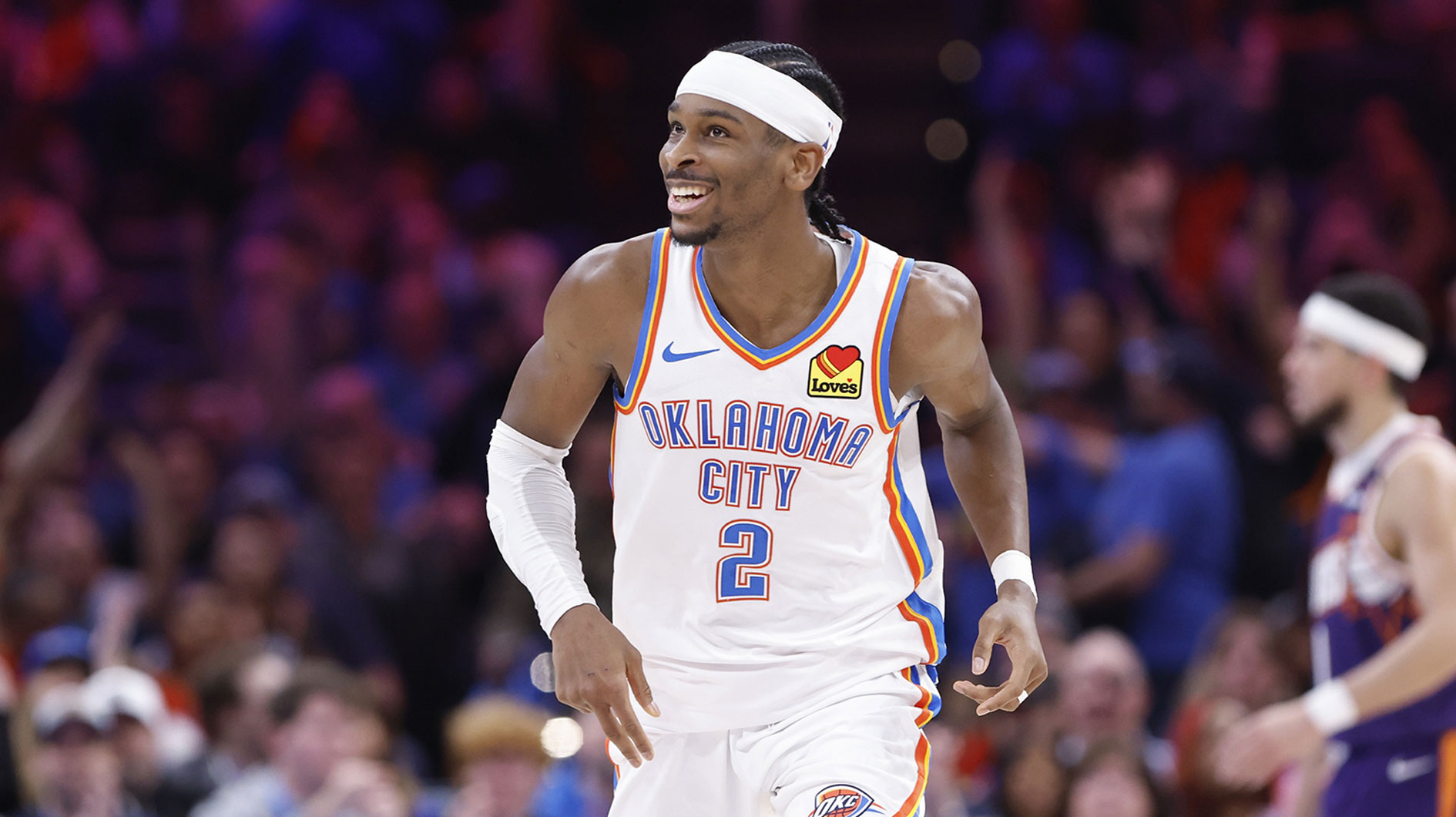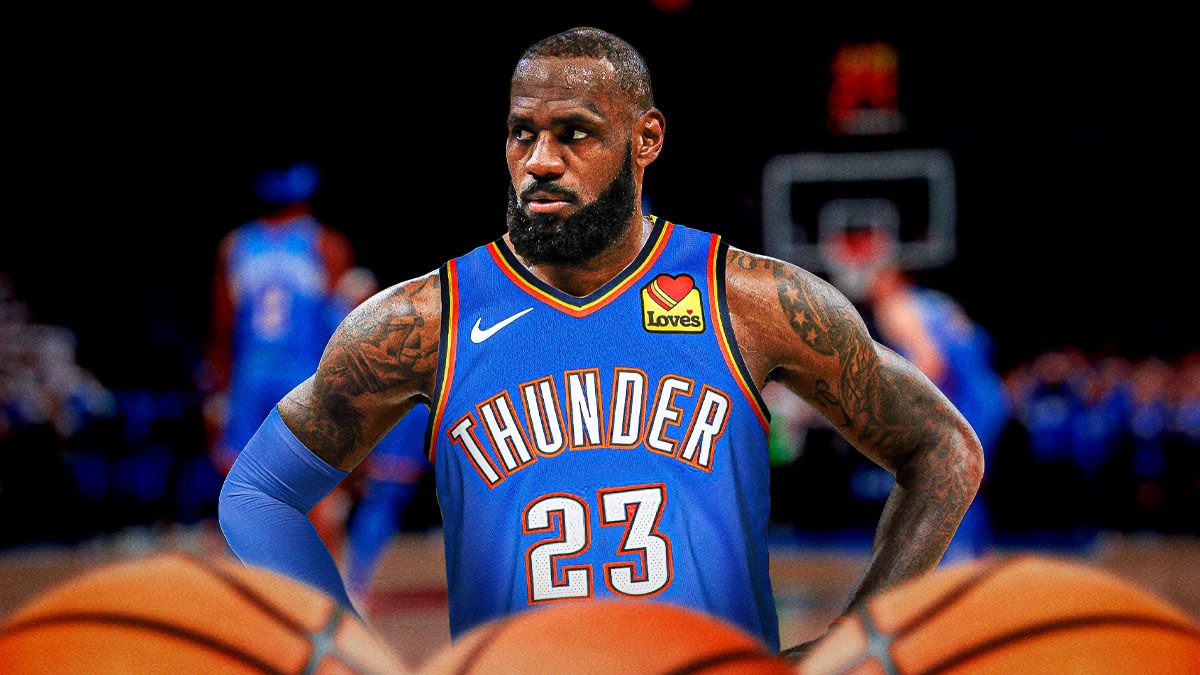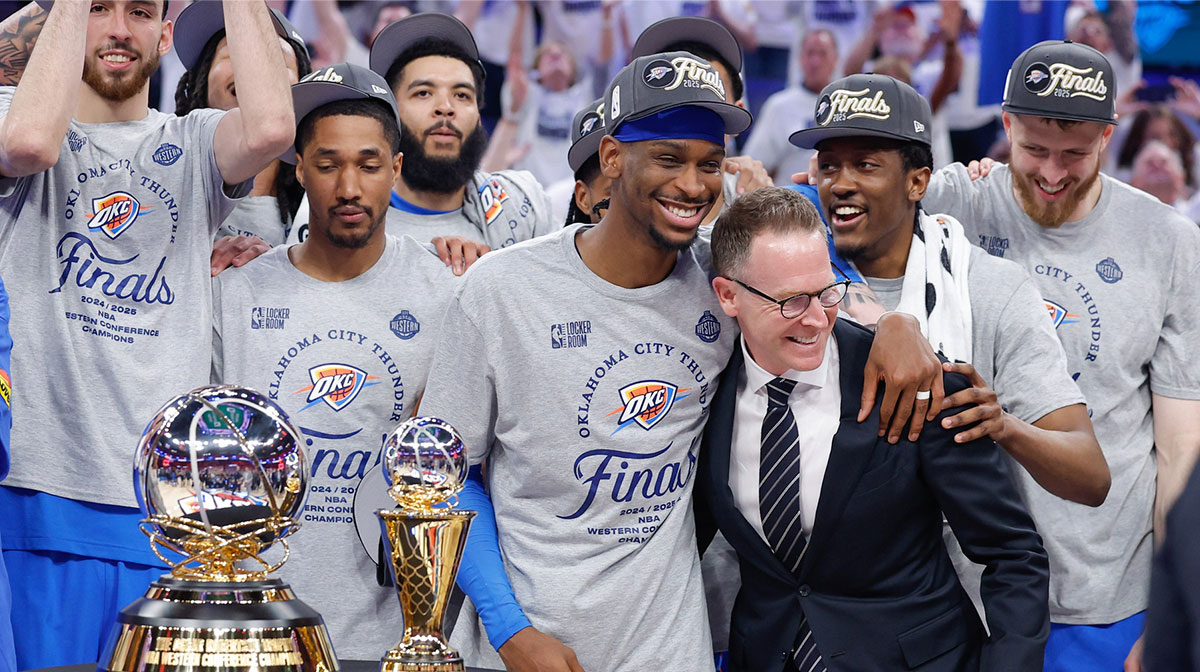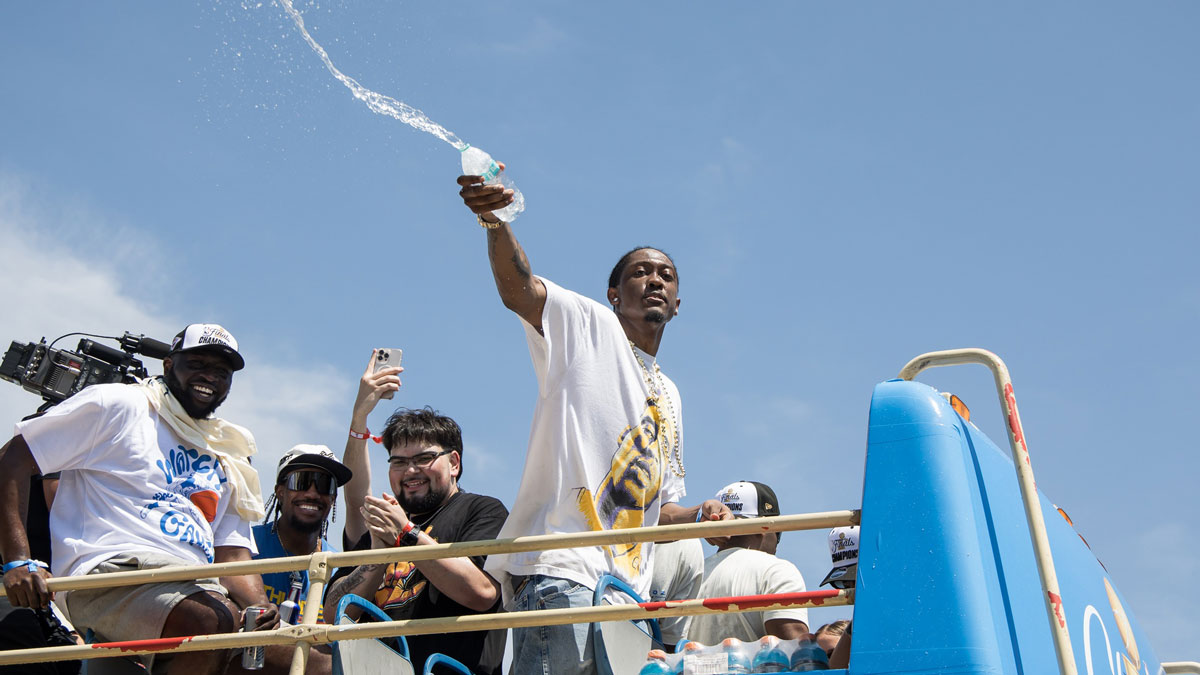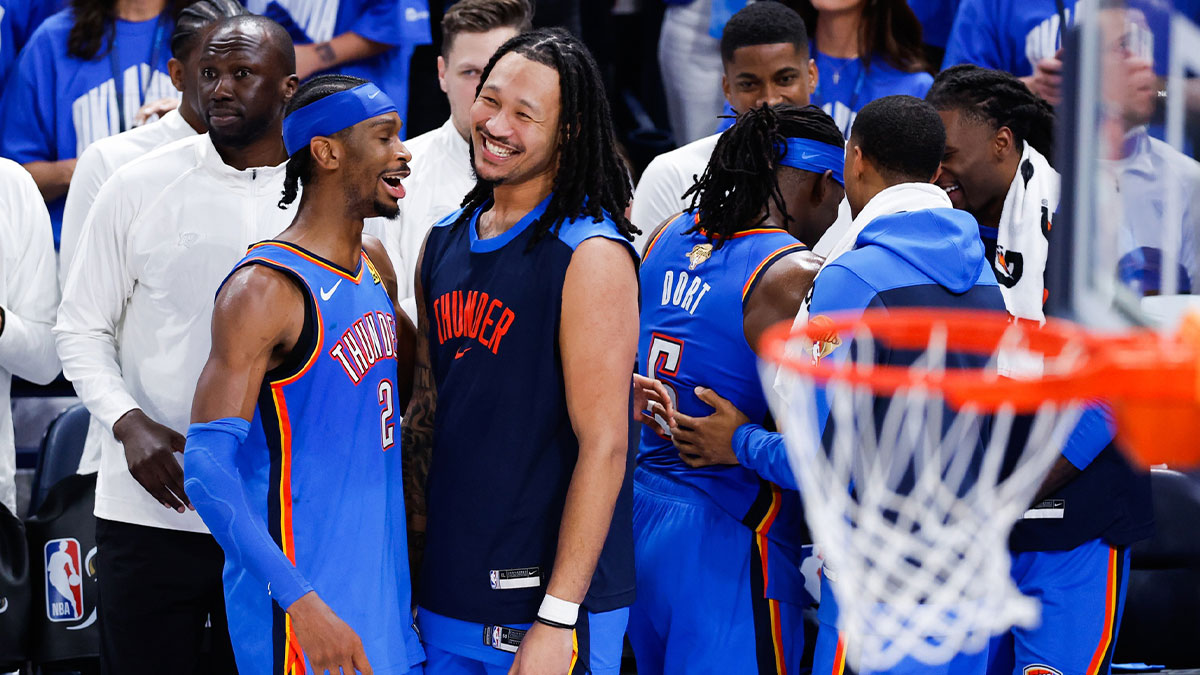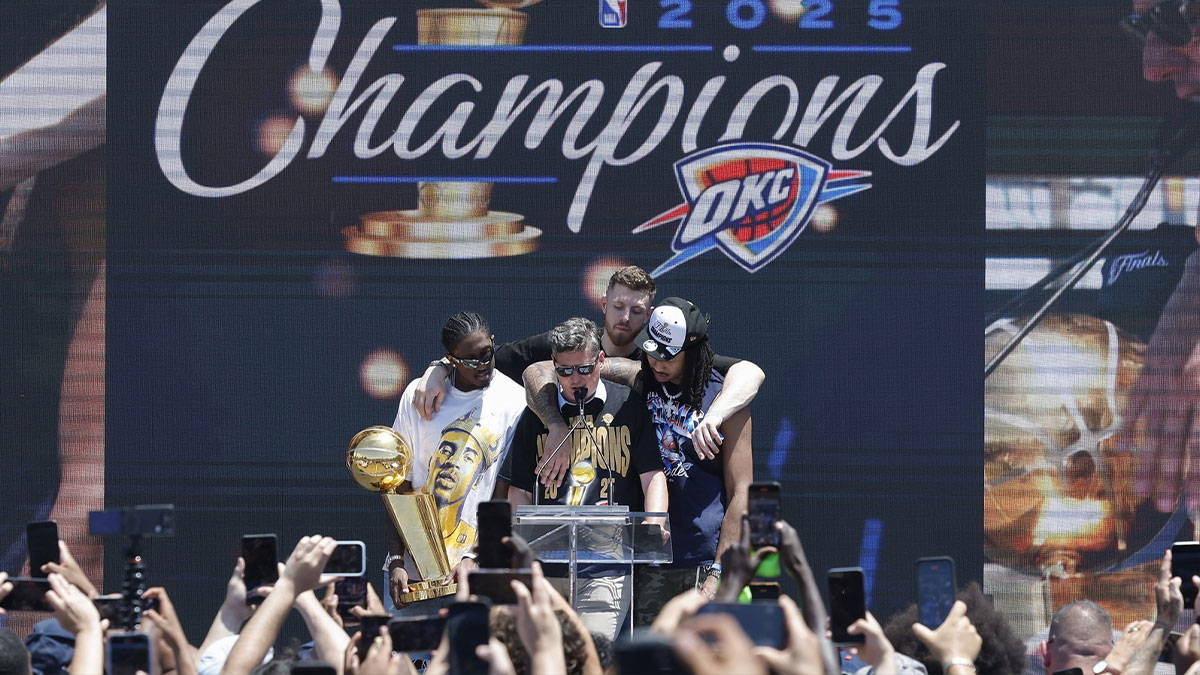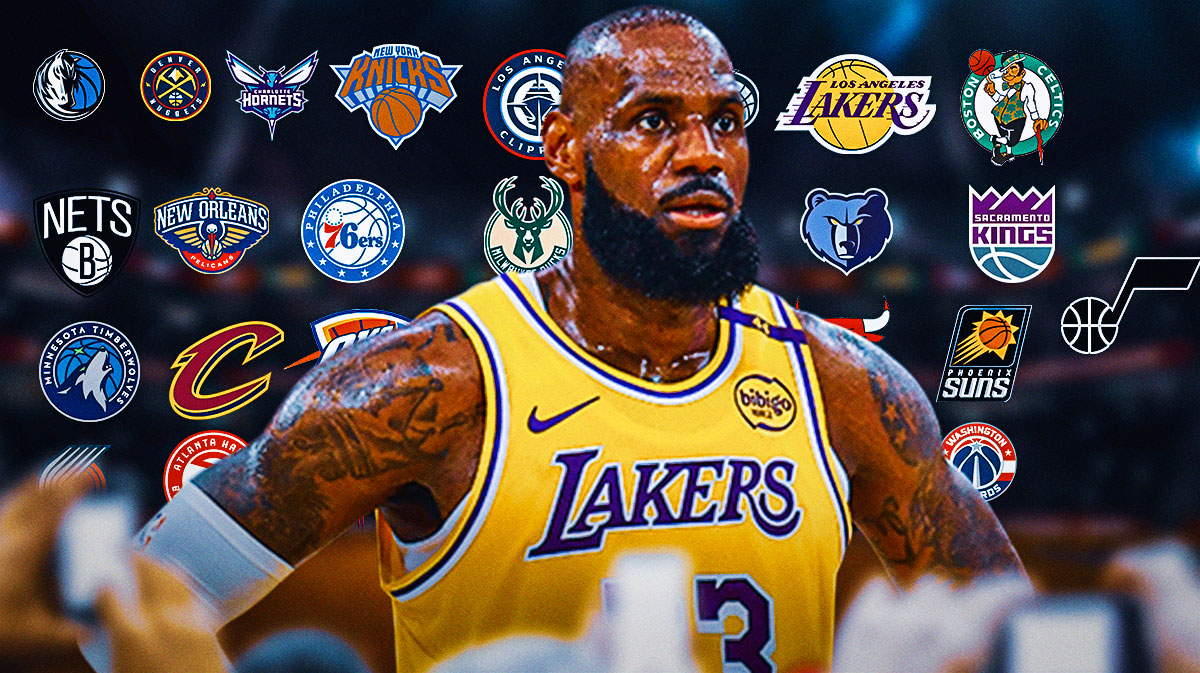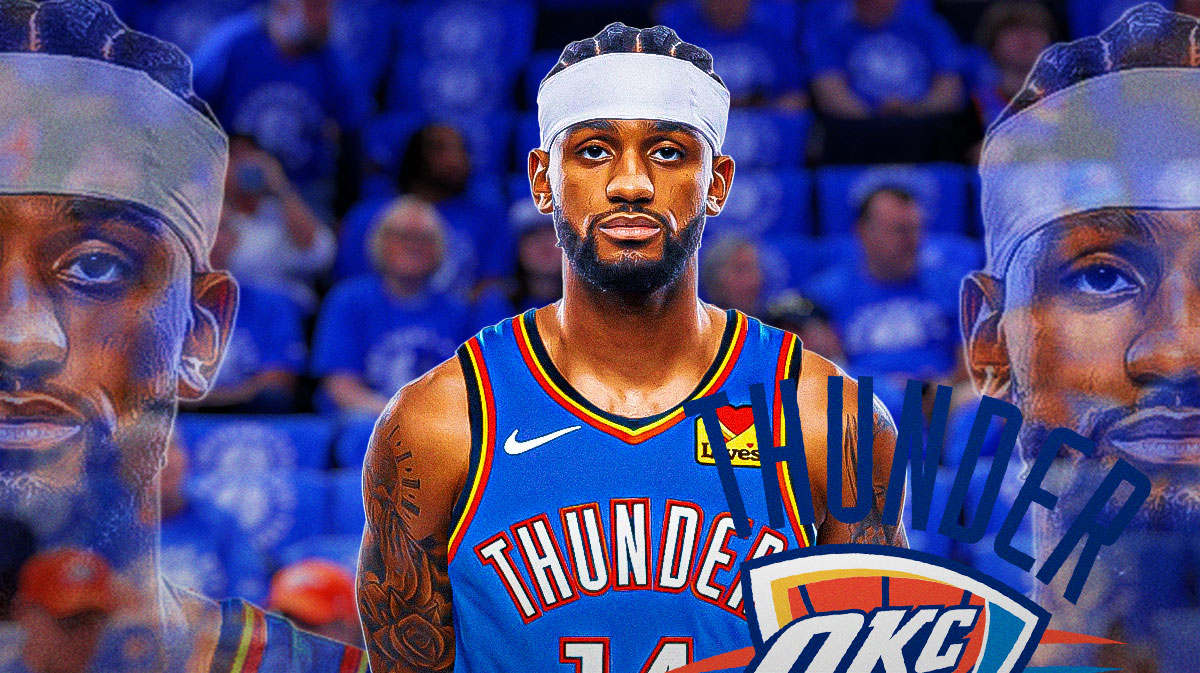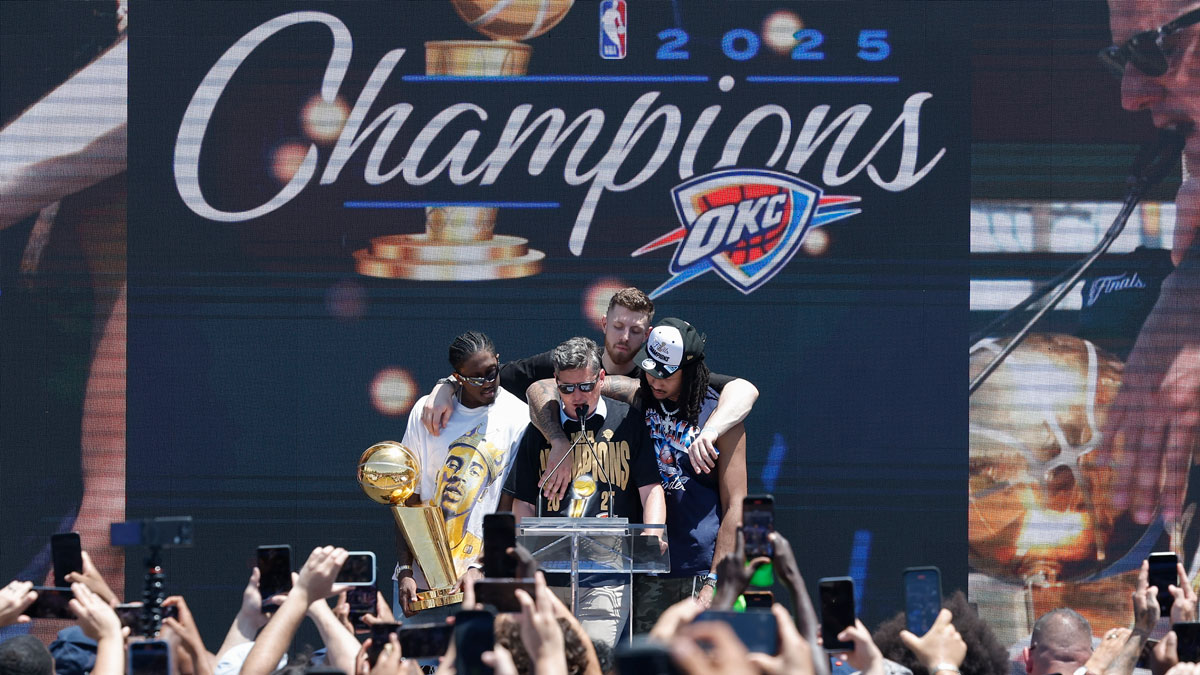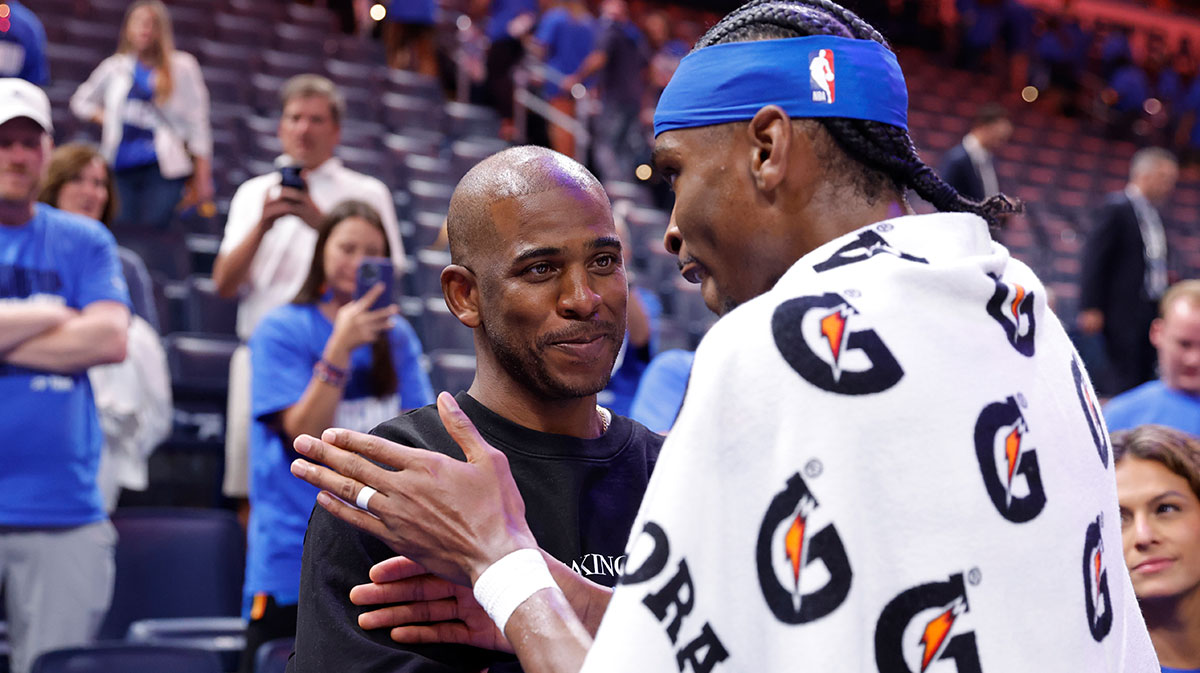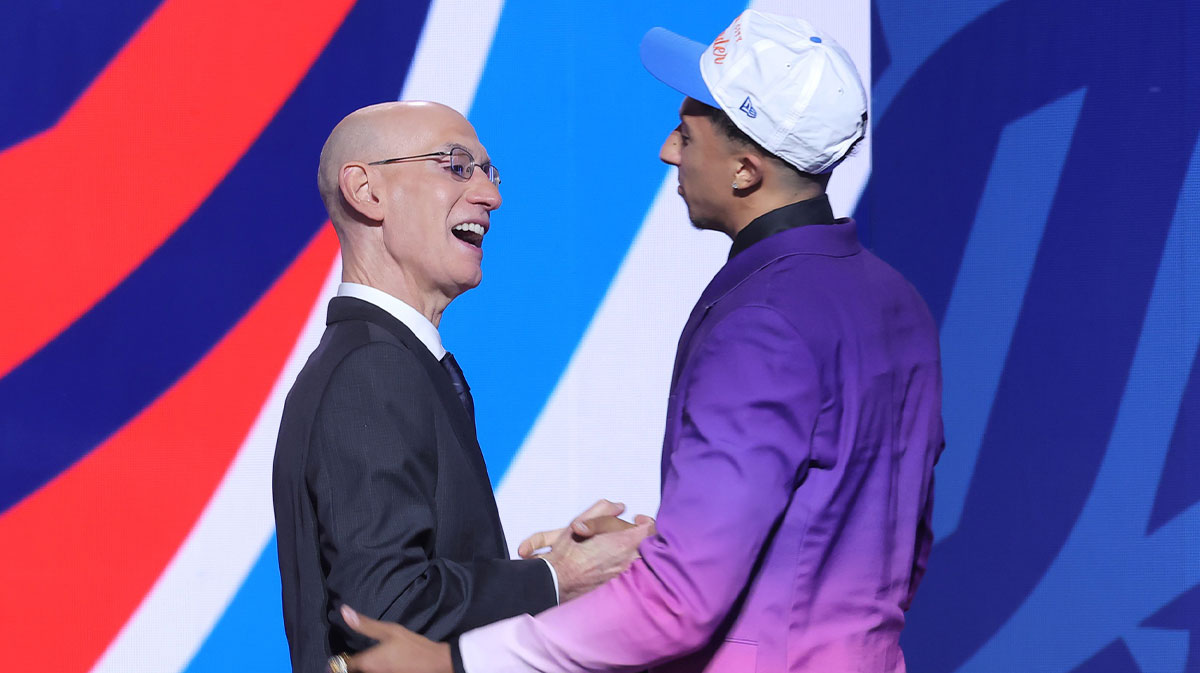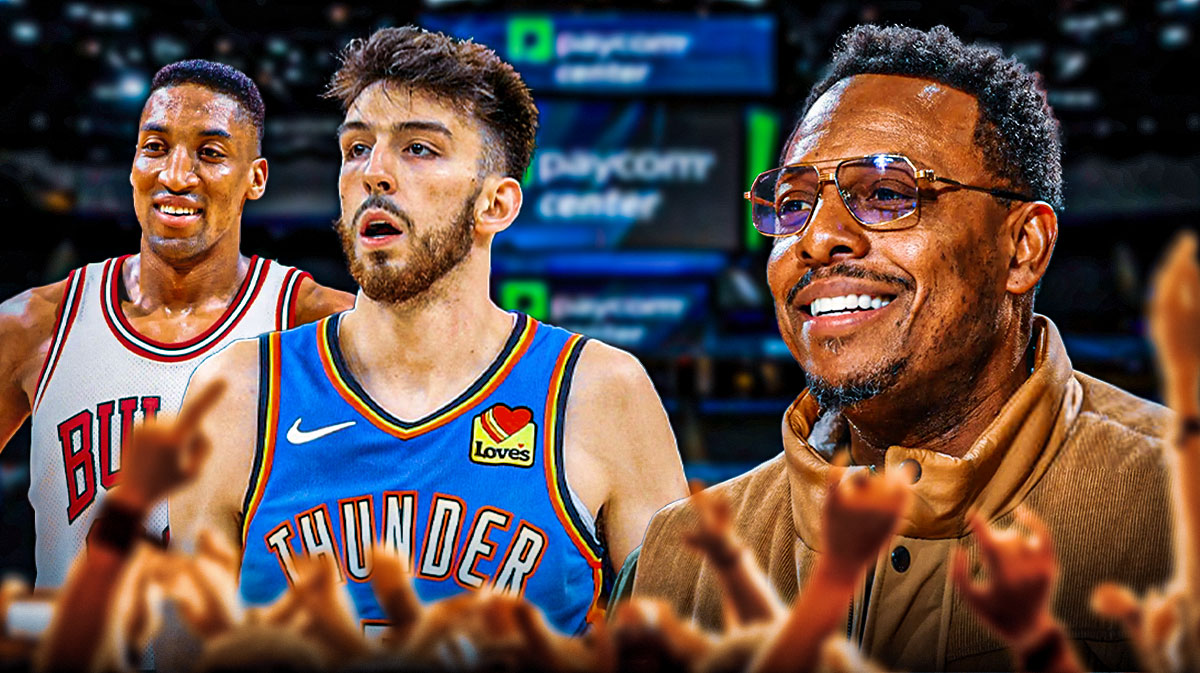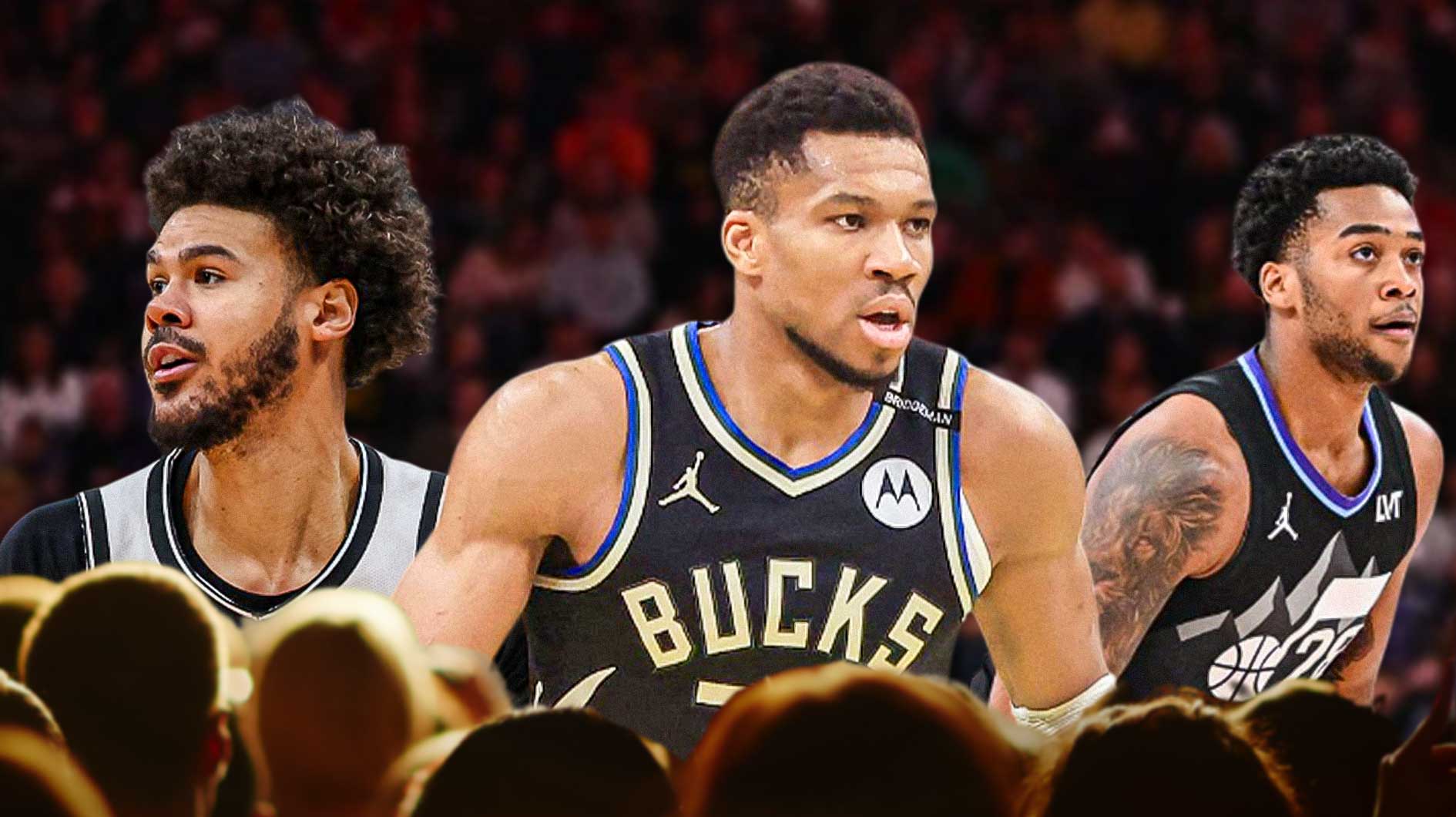During a media session on Saturday, April 14, a day before the Oklahoma City Thunder were set to square off with the Utah Jazz in the 4-5 matchup of the Western Conference Quarterfinals, Paul George debuted his self-proclaimed nickname to basketball intelligentsia: Playoff P.
“Y'all ain't met Playoff P yet, huh?” George rhetorically asked reporters while discussing the challenge of defending Jazz rookie phenom Donovan Mitchell. “It's a fun guy to watch. It's an out-of-body experience.”
While corny, the label is well-deserved. George has shown a knack for raising his level of play come postseason, particularly during his last four playoff appearances.
And in Game 1, when George dropped 36 points on 13-of-20 shooting, including 8-for-11 beyond the arc, the 6-foot-9 wing backed up that nickname, provoking outlets to publish pieces such as Are you Ready for the Reign of Playoff P? and We Met Playoff, and He Is Incredible among other endearing titles.

Anywhere one looked, the words “Playoff P” had been wedged into headlines following Oklahoma City's Game 1 victory.
Then, over the next three games, all Thunder losses, Playoff P was suddenly no more, registering 24.3 points per game on .379/.310/.909 shooting splits. With numbers like that, even Regular Season P would have sufficed for George.
Some of those struggles can be attributed to the Regression Police. Sixty-five percent shooting from the floor and 72.7 percent from three-point land are unsustainable, even for a man dubbed Playoff P. In Games 2 through 4, George was simply missing many looks he normally hits.
However, George's offensive usage had also changed. In Game 1, per rough estimation, George was 8-of-12 from the floor out of the pick and roll. The following three games, George tallied just 13 pick-and-roll possessions, finding the net on four of them and instead, settled for more laboring jumpers in isolation.

On Wednesday, Playoff P returned to the court with 34 points on 12-of-26 shooting as the Thunder kept their season alive with a 107-99 come-from-behind victory. The high-usage pick-and-roll game also found its way back to George as he ran nine such plays, scoring five times.
George has long been a skilled pick-and-roll ball-handler, ranking above the 70th percentile in each of the last three regular seasons in points per pick-and-roll possession, per Synergy. In the 2015-16 and 2016-17 playoffs, the five-time All-Star kicked it up a notch, posting 1.10 PPP (93rd percentile) and 1.24 PPP (100th), respectively, both of which were a tick above his regular-season numbers (0.85 and 1.01 PPP). Through five games this postseason, George has continued his heightened pick-and-roll prowess, yielding 1.12 PPP on 49 possessions, which ranks in the 97th percentile.
The former Fresno State Bulldog has used the pick and roll to find offense in a number of ways this postseason. Pull-up threes, downhill drives, midrange jumpers, you name it. With the Jazz dropping their big men in pick-and-roll coverage, George has been afforded room to operate on the perimeter, building rhythm with a number of smooth dribbles:
The first time, Jerami Grant's screen is rugged enough to freeze Joe Ingles out of the play and with Derrick Favors deep in the key, George snakes his way to the foul line and buries an uncontested midrange jumper.
The next two, George's screener more or less slips the pick and the on-ball defense provides more resistance. By that time in Game 1, though, George was rolling and a few silky dribbles before parlaying them into a step-back was the only thing necessary for a bucket. The Jazz will rarely hedge or trap in the pick and roll, giving George the freedom to dance with his defender and bury in-rhythm jumpers.
In Game 5, however, George's outside shot wasn't falling and he drove to the rim more frequently, attempting 16 of his 26 shots inside the paint. He curled around screens from Steven Adams and navigated his way amongst the trees inside:
The finish around Gobert is what's most impressive. Unlike Favors and Ekpe Udoh, who don't execute the drop coverage very well, the Stifle Tower is in prime position, arms stretched side-to-side.
Knowing the rolling Adams will keep Royce O'Neal occupied, George is methodical and calculated when he enters the paint. He takes two dribbles and begins his spin on the second one, planting into Gobert's chest to create separation. Once the French center is knocked onto heels and his limbs are no longer looming over George's head like a streetlight, George elevates and drops it in.
Following those three dashes to the rim, all of which occurred in the third quarter when George and the Thunder hit their stride, George countered with a couple more pick and rolls late in the fourth, manipulating Utah's defensive coverage for open shots:
When George nailed the triple to pour more dirt on the Jazz's grave, Ingles was expecting him to slither through the lane and get to the rim. Note how once Ingles gets around the Adams screen, he makes a beeline for the paint. George retreats beyond the arc and, with Gobert defending Adams on the roll, there's a vacancy at the top of the key and George rises for the open three.
Russell Westbrook's sidekick has struggled off screens (0.54 PPP, zeroth percentile) and spot-ups (1.00 PPP, 39th percentile) this postseason, two sets he's historically excelled in. On catch-and-shoot attempts, he's just 6-for-22 overall (27.3 percent) and 5 of 18 from three (27.8 percent). Off the bounce, George has been white-hot, having buried 23 of 48 pull-up attempts overall and 14 of 27 from deep. Pick and rolls are always going to produce shots off the dribble so it's no surprise his best games this series have been accompanied by increased pick-and-roll action.
Like an actor before a show, Playoff P poked his head out to the audience in Game 1. Then, he was nowhere to be found the next three games. However, with the season on the line, George's alter ego returned to the stage for an encore. The same goes for his pick-and-roll game. Perhaps the key to creating Playoff P hasn't been the postseason, but rather basketball's most rudimentary set.

